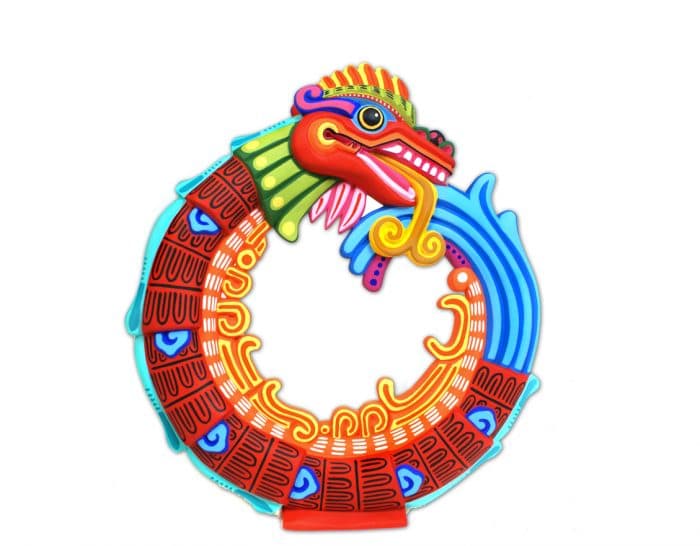Quetzalcoatl, one of the main deities of pre-Hispanic civilizations, is present in most of 15th-century Mesoamerica. From the beginning, he has been attributed countless mysteries: he is considered a man, a deity, a priest, a myth or a legend.
The origin of his name comes from the Nahuatl and means “Quetzal”: a bird of beautiful plumage and “Coatl”, which means snake, resulting in what is commonly known as “the Plumed Serpent.”
This deity was one of the most popular in Hispanic tradition and refers to the union of terrestrial and rain waters, which, among agricultural peoples, was essential for their survival, thus signifying the origin of life itself.
There are countless representations in history and art of Quetzalcoatl. Here we will feature a few of the most representative or interesting portrayals of this mystical figure.
Pre-Columbian Representations:
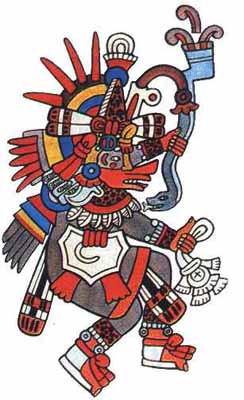
Quetzalcoatl Codex
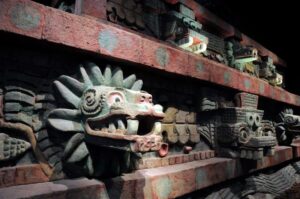 |
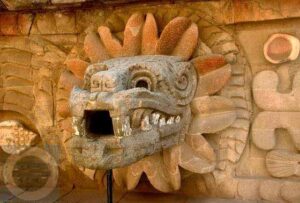 |
||
| Detail of the Temple of Quetzalcoatl in Teohtihuacan. | |||
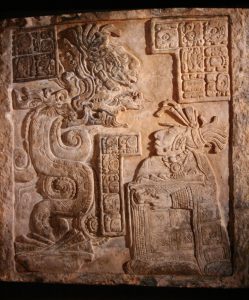
Quetzalcoatl Picture on Yaxchilan Lintel Maya

